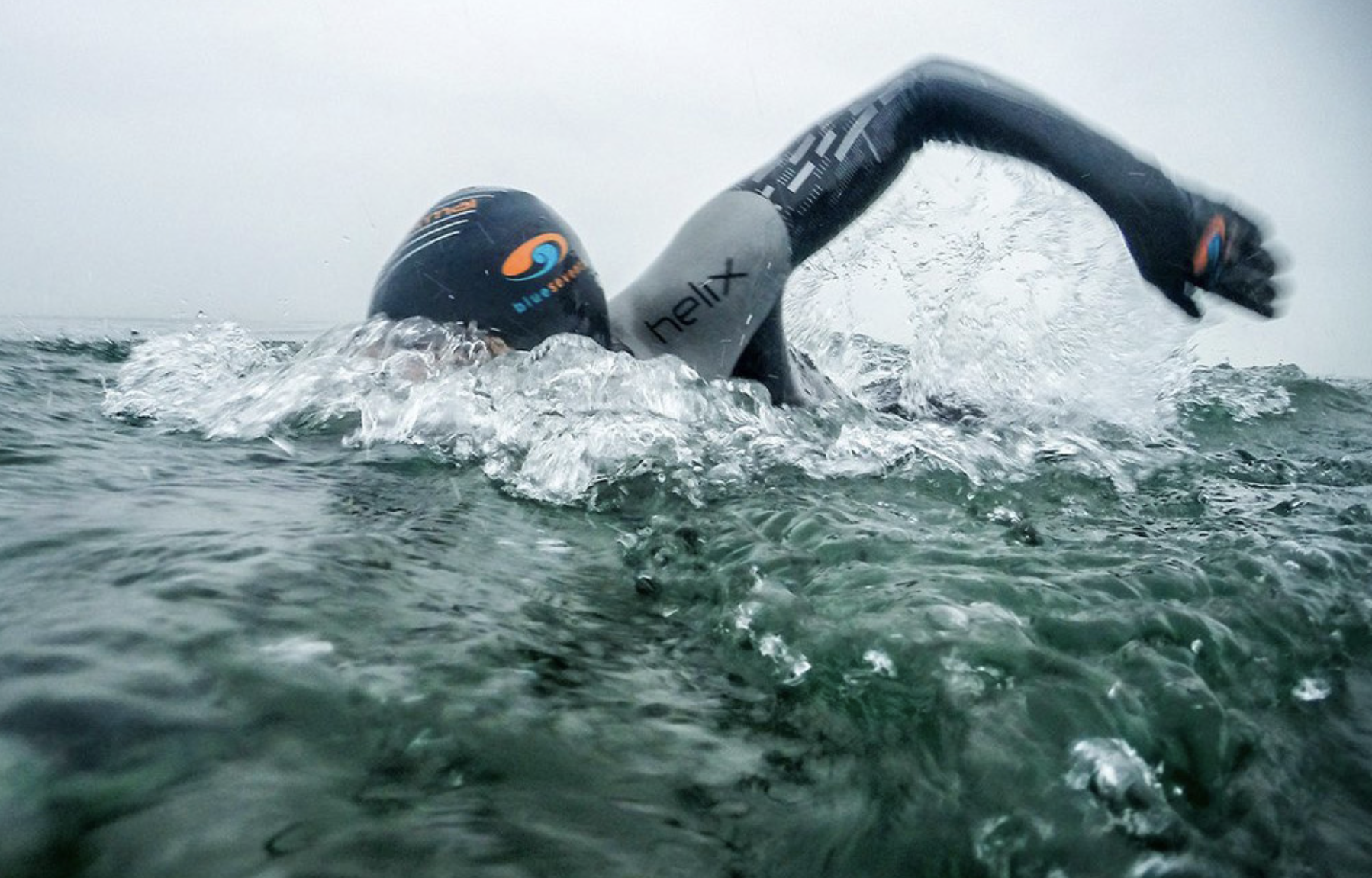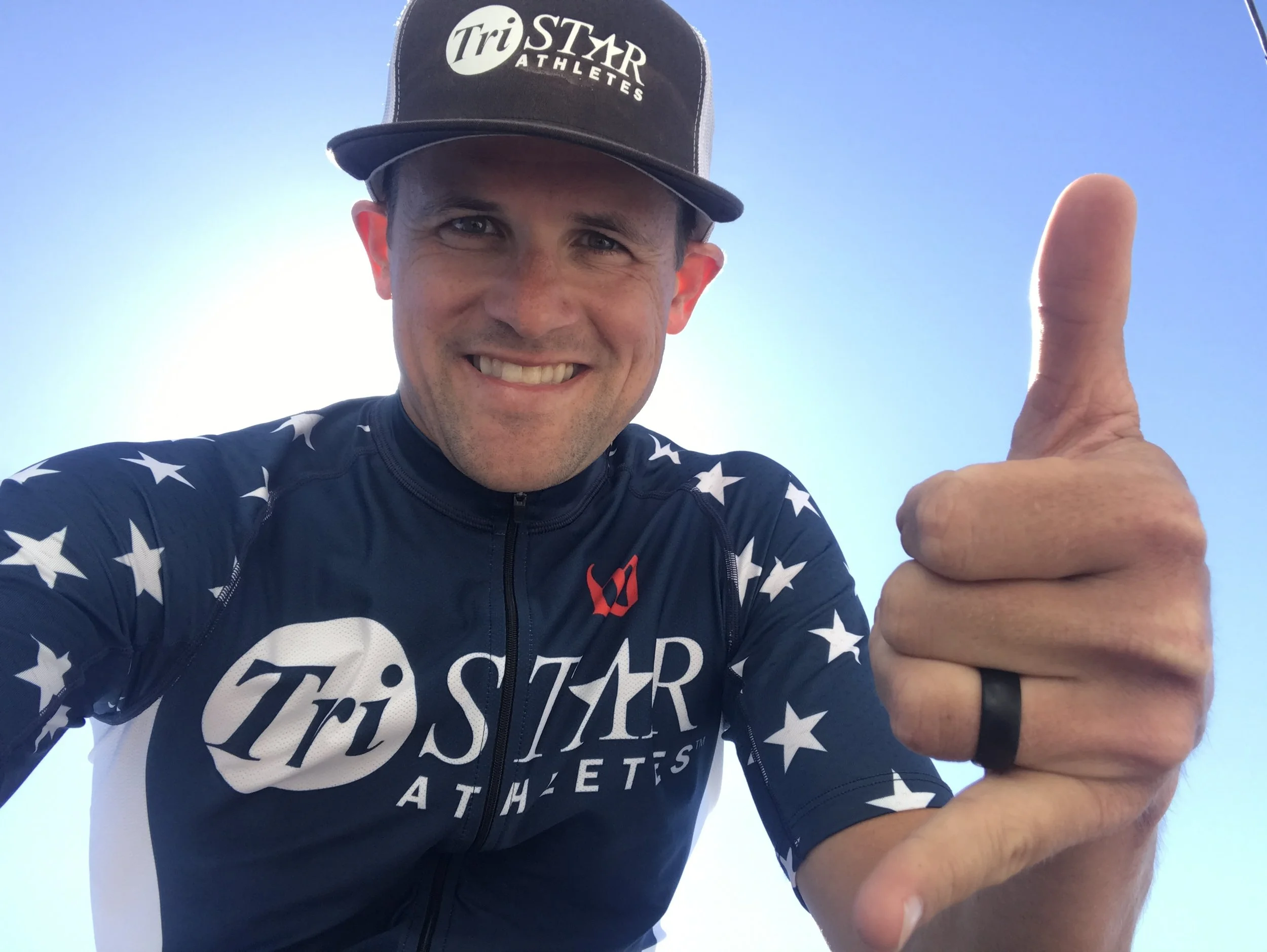Open water swimming often times requires our athletes to be ready for cold water conditions. In this coaches corner we give you the top ways to stay warm either for a race or training open water swim.
For cold water temps between 62-70 degrees
Maintain a good body core temperature prior to your swim; when you first wake up in the morning your core temperature is at its lowest. If it is too low you will need to warm yourself up. Normally, you are comfortable at this current temperature but this will be the starting temp that you take into the water. If the water is very cold it is critical to warm it up in the following ways..
Layer up early with warm clothes
Wear a winter hat
Put your wetsuit on 60min prior or more if you will be standing outside.
Wear a sweatshirt over your wetsuit once it is on.
Try not to stand in a windy exposed area prior to your swim start
For swim race warm ups, time it as close to race start as possible to avoid standing on shore prior to your wave start. Standing wet and cold will lower your core temperature even further.
Swim cap/s: Double up with a latex swim cap or purchase a neoprene swim cap to keep the head extra warm. This alone can make the difference in a cold water swim.
Note that how long you will last in cold water depends upon your training level (Fitness), body fat percentage, and core temperate that you can keep insulated.
For extreme water temps less than 62 degrees
These types of extreme temperatures you could have some practice in before training extensively or racing. In fact not preparing will be dangerous and while being a bit cold is ‘ok’ when the core temperature in your chest gets too low you become hypothermic.
Use baby oil on your skin or vaseline to “seal” your skins pours and create a warming layer. As you heat up the oil will trap some of the heat and also not allow you to “perspire” as readily and therefore heat will not be transported as quickly from the body. For races where the day temperature may be above 75 degrees you may not want to do this to prevent overheating on the bike or run. You can also use limited amounts on the arms and legs and leave the chest free of oil if the temperatures are warming up during the race. Often times covering just one area of the body will be enough to retain heat. In extreme cold conditions a thin layer of oil all over the body will help.
Sit in a warm car or heated room; when doing this you can warm up your core temperate more rapidly. You will want to sit in the warmth until you feel you are about to break a sweat and or slightly feeling “hot” or uncomfortable. You may need to peel a layer off at this point and watch you don’t overheat. This should be timed as close to heading into the water as possible.
Hand gloves and booties: if allowed wear neoprene hand gloves and booties to keep the extremities warm. Often times the feet and hands will be the first things to become “numb” however it is the core temperature that will end your day if you are not prepared!
You should practice in this type of cold water; up to 20% of your weekly swim volume can be in cold water.
Featured Coaching
Meet the Coaching Staff and Team







